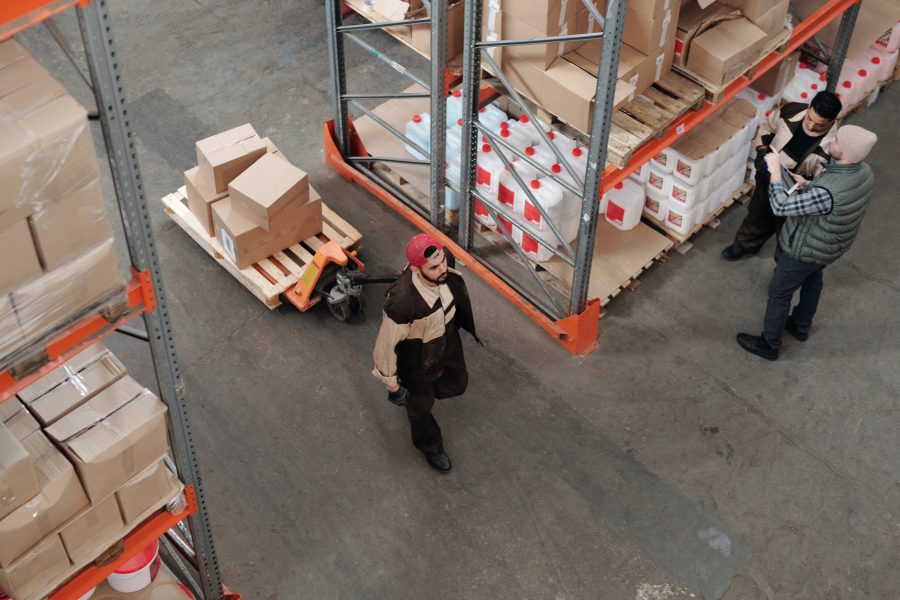A manufacturing process is how a business produces goods and services for customers. The choices of production methods depend on various factors, such as consumer demand, sales forecasts, resources available, and assembly technique. The five main types of manufacturing processes are:

Discreet Manufacturing
Discrete manufacturing is a common practice in manufacturing. It involves the production of a single unit. Each discrete component has its unique recipe, rather than mixing ingredients and creating a single product.
Each unit is measured in weights, volumes, or percentages, and the bill of materials is constantly changing. Often, minor revisions to the bill of materials are made outside the manufacturing environment, enabling the production of a single product without compromising the quality of the others.
Repetitive Manufacturing
Repetitive manufacturing is a popular method for large-scale manufacturers. Its efficiency is driven by demand, and the production line is designed to balance demand with supply. Repetitive manufacturing schedules are easily modified online to meet changing production conditions and customer demands.
It is ideal for manufacturers who depend on a steady flow of products. The system’s flexibility makes it an excellent choice for the metal fabrication, automotive, or electronics industries.
Batch Process Manufacturing
Batch Process Manufacturing is a popular method of large-scale manufacturing. It has several advantages over other processes and is especially helpful when multiple products are made in a single production cycle, such as metal fabrication, pharmaceuticals, food, and chemicals.
The most common use for this method is when more than one product is manufactured using the same equipment. In these cases, the production of the components is coordinated from various workstations.
Continuous Process Manufacturing
Continuous Process Manufacturing (CPM) is a flow production method used to manufacture materials without interruption. This method enables a company to make many products without requiring any downtime.
The main advantage of CPM is that it can increase efficiency, especially in metal fabrication. Continued improvement is achieved with the use of continuous process improvements.
Job Shop Manufacturing
A job shop is a small manufacturing system that handles custom, batch, and semi-custom manufacturing processes. When one job is completed, it moves on to the next. This process is also popular among large companies because it makes it easy to switch between multiple products.
However, it does not guarantee the quality or the timeliness of the finished products. Instead, the focus is on the overall customer experience. A job shop should be able to meet the needs of its customers and will offer them customized products.
Conclusion
The type of manufacturing process that a company uses will depend on its product, size, and staff. Some processes are better suited for tasks, while others are better suited for smaller custom items and small batches of finished goods. Consider the final product’s volume, the needs of the end-users, and the available resources, before you decide which method is best for your specific product.